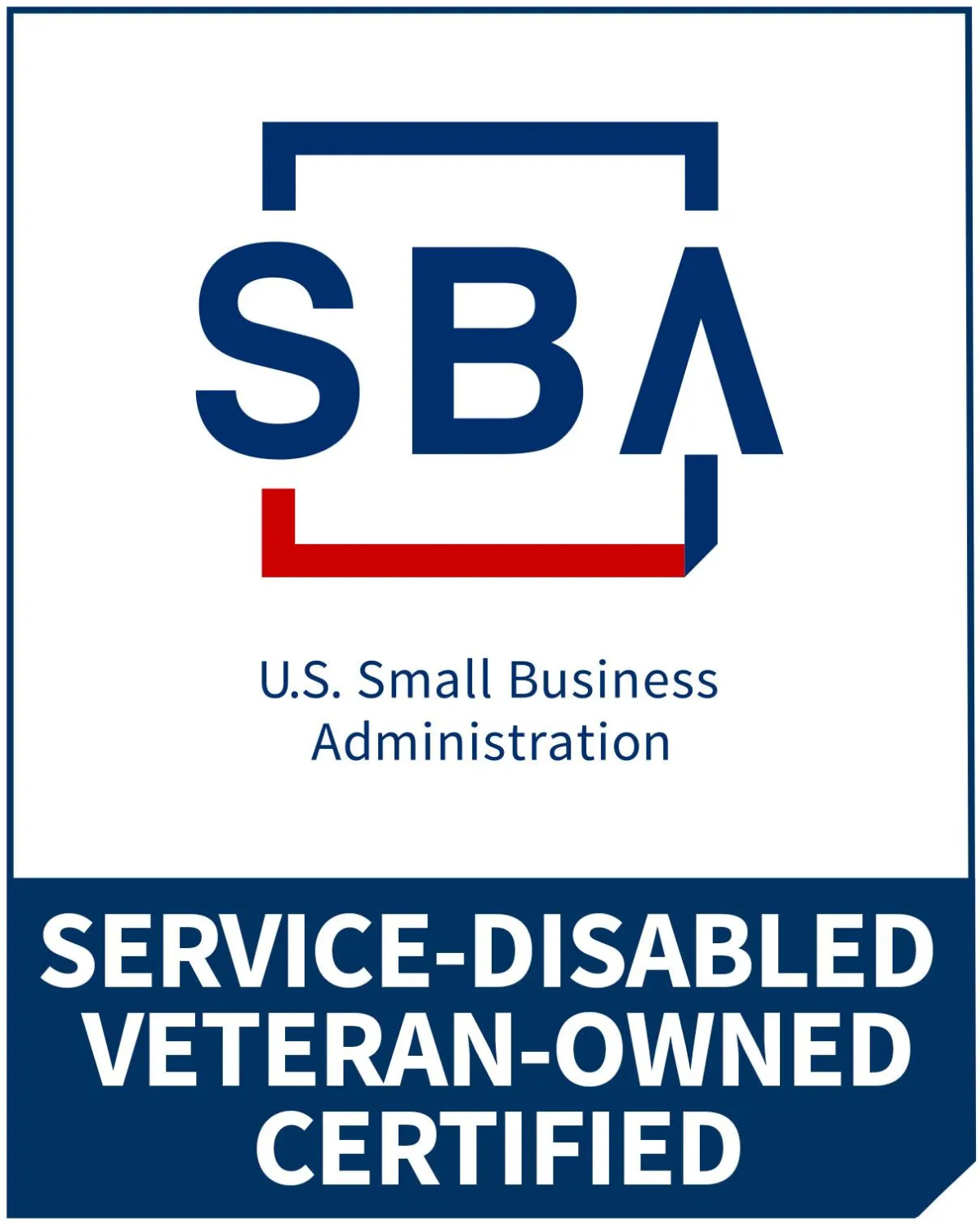LINE OF DUTY COURSES
LINE OF DUTY COURSES

Tactical Negotiation
This comprehensive course provides participants with specialized tactics, techniques, and procedures to manage high-stakes hostage incidents and crises effectively while prioritizing safety. Based on FBI methods, it combines psychological principles, tactical communication, and real-world scenarios to prepare participants for high-stakes negotiations. Participants will learn to de-escalate volatile situations, establish rapport with subjects, and negotiate successful resolutions while prioritizing the safety of all involved.
Foundations of Tactical Negotiation
Psychology and Behavioral Assessment
Active Listening and Communication Skills
Legal and Ethical Considerations
Realistic Scenario-Based Practice
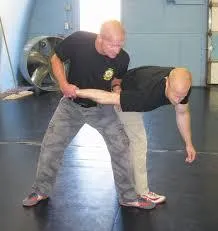
Defensive Tactics and Control Techniques
This course covers practical defensive tactics for effectively and safely controlling and managing physical encounters in the line of duty. Combining proven techniques with scenario-based training, participants will learn how to control, restrain, and defend against aggressive individuals while maintaining compliance with legal and ethical standards.
Situational Awareness and De-escalation
Striking and Counterattack Techniques
Restraint and Control Methods
Legal and Ethical Considerations
Practical Scenarios and Case Studies
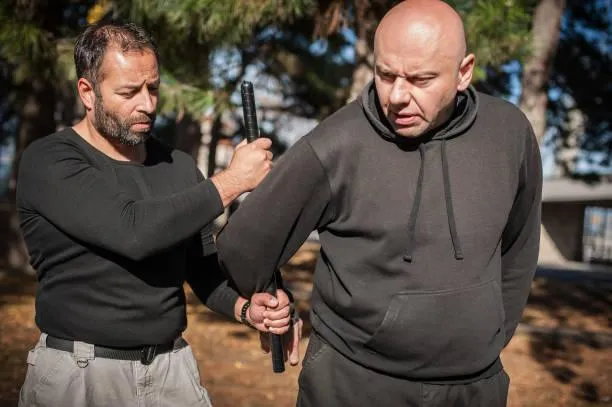
Integrated Baton
This course covers practical defensive tactics for effectively and safely controlling and managing physical encounters in the line of duty. Combining proven techniques with scenario-based training, participants will learn how to control, restrain, and defend against aggressive individuals while maintaining compliance with legal and ethical standards.
Situational Awareness and De-escalation
Striking and Counterattack Techniques
Restraint and Control Methods
Legal and Ethical Considerations
Practical Scenarios and Case Studies
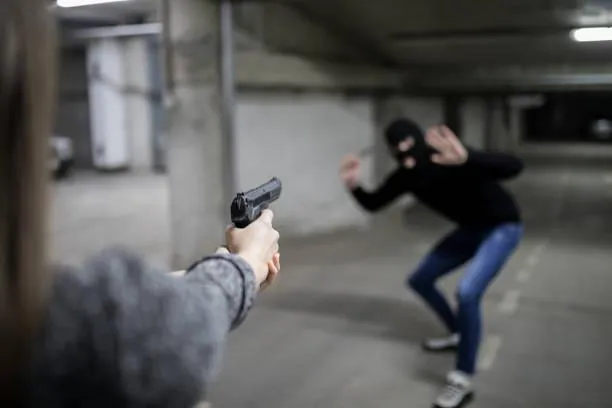
Gun and Knife interface Encounters
This specialized course is designed to prepare participants for the complexities and high-stakes nature of close-range encounters involving firearms and edged weapons. Participants will gain practical skills and tactical understanding to effectively manage life-threatening situations where guns and knives intersect, ensuring the safety of themselves, their team, and the public.
Understanding Threat Dynamics
Firearm and Knife Transition Techniques
Countering Knife Attacks
Weapon Retention and Disarming
Practical Application Scenarios
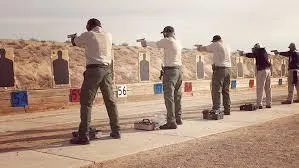
NRA Law Enforcement Handgun
This course is designed to provide security and law enforcement professionals with the advanced skills and tactical techniques necessary for effective and confident handgun deployment in the line of duty. This comprehensive program emphasizes marksmanship, weapon handling, and tactical decision-making in high-stress, real-world scenarios.
Fundamentals of Marksmanship
Reloading and Malfunction Clearing
Dynamic Shooting Techniques
Close-Quarters Combat
Scenario-Based Training with Safety Emphasis
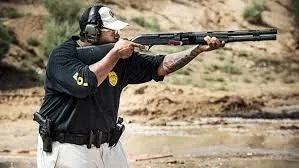
NRA Law Enforcement Shotgun
This course is designed to provide security and law enforcement professionals with the training to deploy a shotgun effectively in various tactical and defensive situations. It emphasizes proper handling, marksmanship, and tactical application to maximize the shotgun's versatility and effectiveness in high-stress, real-world scenarios.
Shotgun Fundamentals
Patterning and Ammunition Selection
Shooting in Dynamic Environments
Shotgun to Handgun Transition Skills
Scenario-Based Tactical Drills and Training
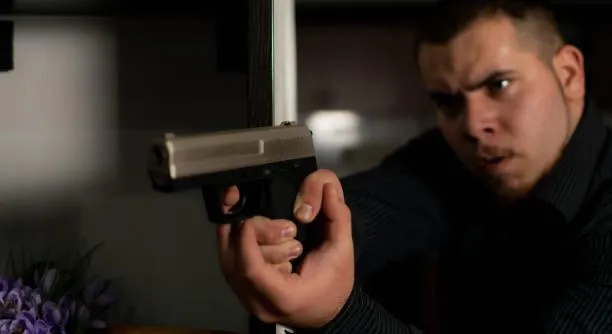
Active Killer Response
This course equips participants with the skills and tactics to respond effectively to active killer incidents. It focuses on the unique challenges of active killer attacks, emphasizing rapid deployment, teamwork, and decisive action to save lives and neutralize threats in high-stress, dynamic environments.
Active Killer Dynamics
Immediate Action Rapid Deployment
Tactical Movement and Room Clearing
Triage and Rescue Operations
Scenario-Based Drills and Simulations
Tactical Negotiation
This course is a specialized communication and de-escalation training program for law enforcement officers, private security personnel, and tactical responders who encounter high-risk individuals in crisis or conflict. Drawing from the proven principles of hostage and crisis negotiation, crisis intervention techniques, and the Behavioral Influence Stairway Model (BISM) developed by the FBI, this course equips participants with practical tools to influence behavior, stabilize volatile situations, and resolve confrontations peacefully. Unlike traditional negotiation training, this course focuses on first responder and tactical-level negotiations in the field, where time is limited, conditions are chaotic, and the stakes are high. Whether facing emotionally disturbed persons, barricaded subjects, suicidal individuals, or hostile confrontations during patrol or security operations, participants will learn to apply structured communication strategies to gain control, reduce resistance, and enhance public and officer safety.
Foundations of Tactical Negotiation
Structured Verbal Containment with Subjects in Volatile or Escalating Situations.
Hostage Situations, Barricaded Subjects, Emotionally Disturbed Persons (EDPs), and Other Crisis Classifications.
Legal and Ethical Considerations
Realistic Scenario-Based Practice


Defensive Tactics and Control Techniques
The course is designed to provide law enforcement officers, security professionals, and other public safety personnel with the skills and knowledge to control resistive and aggressive subjects safely and effectively. This hands-on course emphasizes real-world, legally defensible techniques that prioritize officer safety, subject control, proportional response, and the preservation of human life. Participants will learn and practice physical control skills, defensive countermeasures, takedowns, joint manipulation, and handcuffing procedures within constitutional use-of-force guidelines and agency policy. Scenario-based training reinforces decision-making, de-escalation, and articulation of actions taken.
Situational Awareness and De-escalation
Striking and Counterattack Techniques
Restraint and Control Methods
Legal and Ethical Considerations
Practical Scenarios and Case Studies
Integrated Baton
This course is designed to equip law enforcement officers and security professionals with the skills necessary to safely and effectively deploy a straight, expandable, or side-handle baton in the line of duty. The course integrates defensive tactics principles with use-of-force law, focusing on control, compliance, and subject safety. Training emphasizes appropriate baton use within the context of agency policy and legal standards, including the use-of-force continuum. Participants will learn how to carry, draw, strike, block, and retain the baton and transition between empty-hand techniques and other force options. Instruction also includes de-escalation, situational awareness, and report articulation for courtroom defense.
Legal and Policy Guidelines Governing Baton Use in Law Enforcement and Security Operations.
Proper Carry, Deployment, and Retention of Straight, Expandable, or Side-Handle Batons.
Baton Striking and Control Techniques
Integrate Baton Use with Verbal Commands, Control Tactics, and Situational De-escalation Strategies.
Practical Application Scenarios


Gun and Knife Interface Encounters
This course is an advanced defensive tactics program designed to prepare law enforcement officers and security professionals to respond effectively to close-quarters encounters involving edged weapons and firearms. It addresses the unique challenges posed by sudden assaults, rapid escalation, and limited reaction time during lethal force confrontations. Training integrates principles from firearms tactics, edged-weapon defense, and empty-hand combatives to enhance survivability in ambush or close-contact scenarios. Emphasis is placed on threat recognition, weapon retention and disarmament, transitioning between force options, and decision-making under stress. This hands-on course includes scenario-based drills that simulate realistic attacks and force-on-force encounters.
Understanding Threat Dynamics
Firearm and Knife Transfer and Transition Techniques
Countering Knife Attacks
Weapon Retention and Disarming
Practical Application Scenarios
NRA Law Enforcement Handgun
The NRA Law Enforcement Handgun Training Course is a comprehensive, operator-level firearms training program designed to enhance the handgun proficiency of sworn law enforcement officers and authorized armed professionals. This course emphasizes the safe, lawful, and effective use of duty and off-duty handguns in both structured qualification environments and dynamic, real-world scenarios.
Mastering Handgun Fundamentals
Enhanced Shooting Techniques for High-Stress Situations
Quick Target Acquisition and Response Drills
Tactical Reloading Procedures and Malfunction Management
Scenario-Based Training with Safety Emphasis

NRA Law Enforcement Shotgun
The NRA Law Enforcement Shotgun Training Course is a professionally structured, operator-level course designed to develop and enhance the tactical proficiency of sworn law enforcement officers in using the duty shotgun. This course focuses on practical applications of the shotgun as a versatile and effective tool for patrol, perimeter, and close-quarters situations. Participants will learn to deploy, operate, and maintain pump-action and semi-automatic shotguns with precision and confidence through classroom instruction and hands-on range training. Training includes proper carry conditions, ammunition selection, patterning, target discrimination, and tactical problem-solving under stress.
Shotgun Fundamentals and Safety
Patterning and Ammunition Selection
Shooting in Dynamic Environments
Shotgun to Handgun Transition Skills
Scenario-Based Tactical Drills


Active Killer Response
This course is a tactical and operational program designed to prepare law enforcement officers and security professionals to respond swiftly and effectively to active shooter incidents in various environments, including schools, businesses, public venues, and critical infrastructure sites. It focuses on rapid threat neutralization, team movement, incident command integration, and life-saving response under extreme stress. Participants will learn best practices for solo and team entry, tactical movement in confined spaces, room clearing, and threat engagement while coordinating with responding units and managing chaos at the scene. The course also emphasizes threat identification, communication, casualty care integration, and post-incident considerations such as securing the scene and preparing for investigation.
Active Killer Dynamics
Immediate Action Rapid Deployment
Tactical Movement and Room Clearing
Medical Triage and Rescue Operations
Scenario-Based Drills and Simulations

